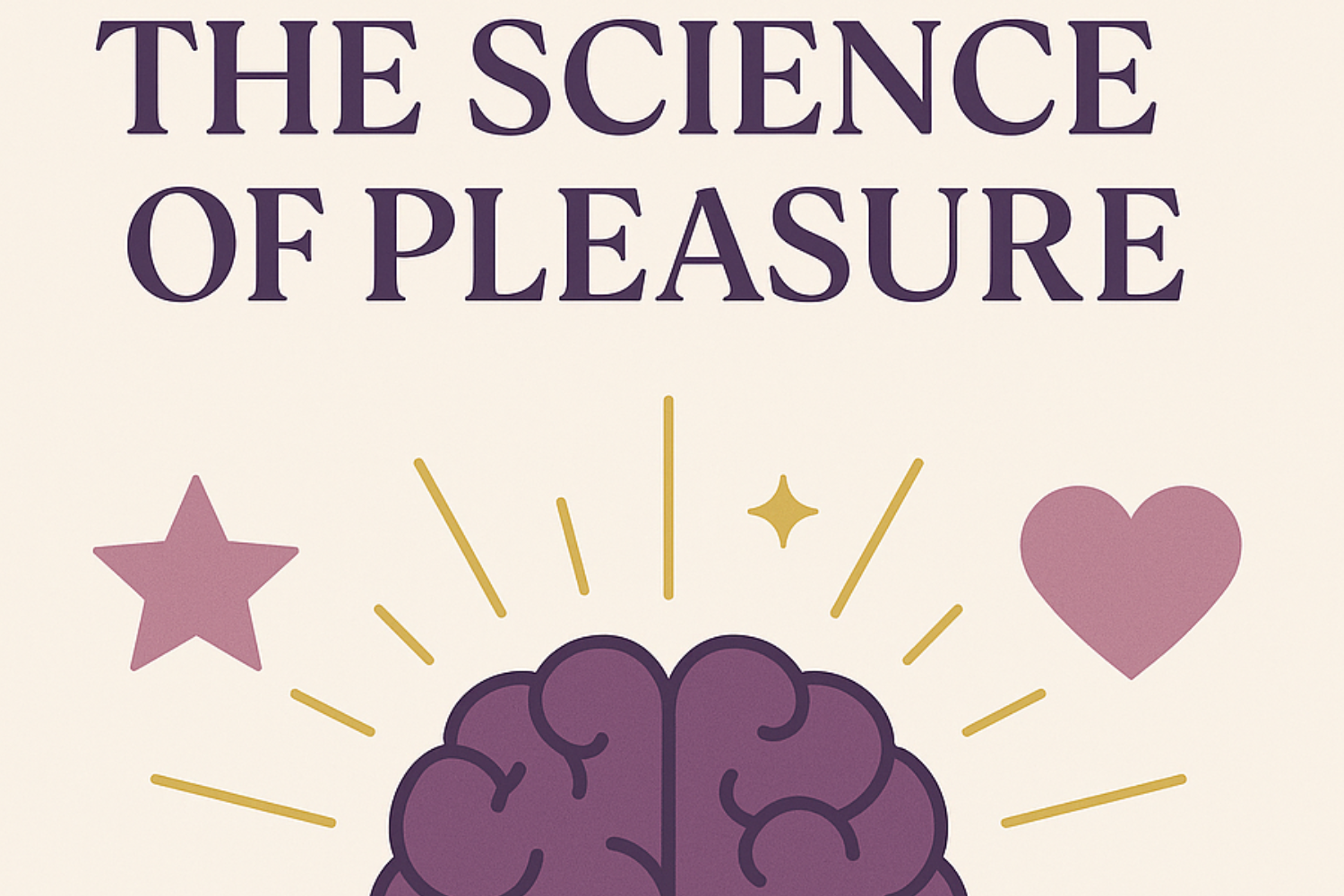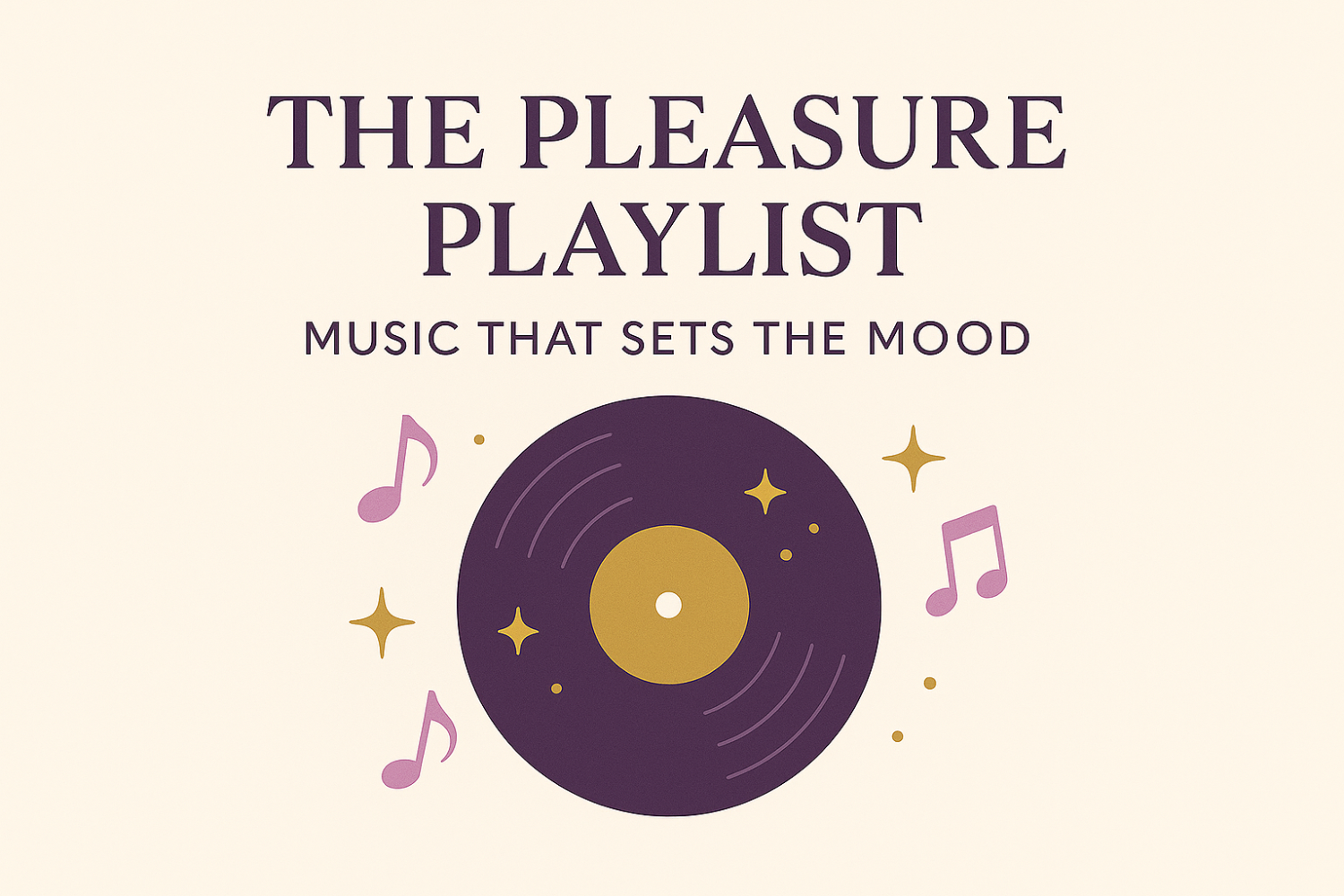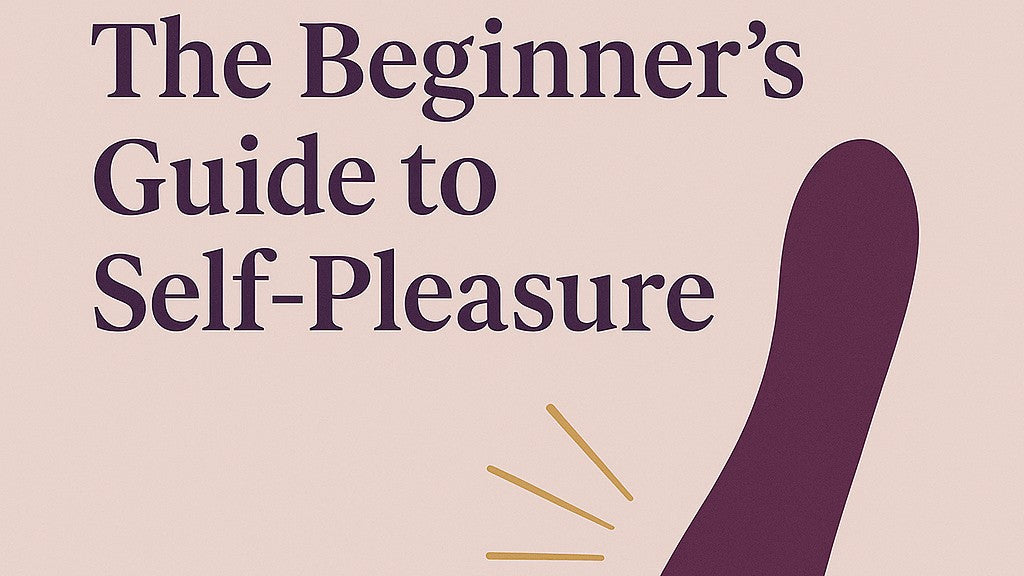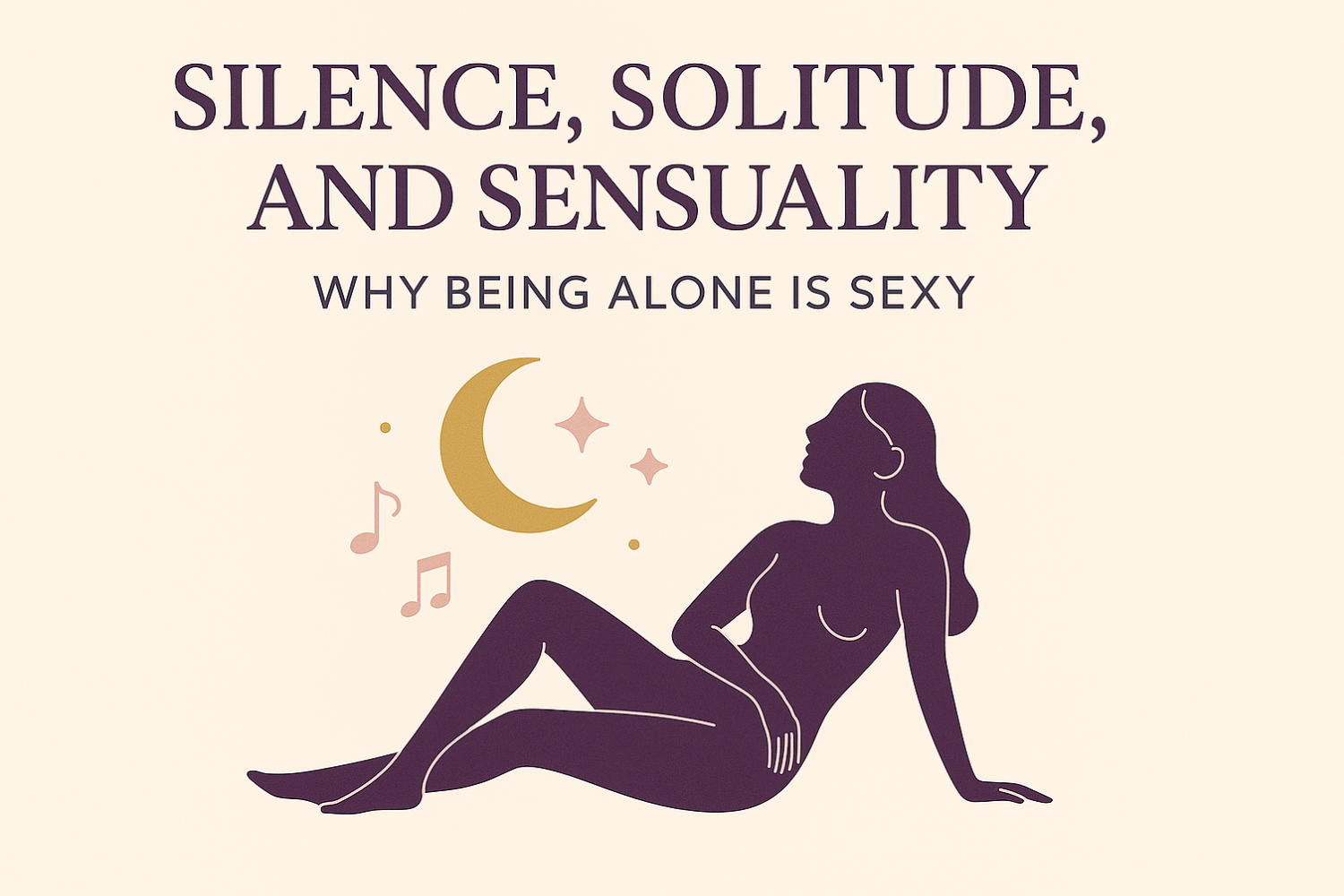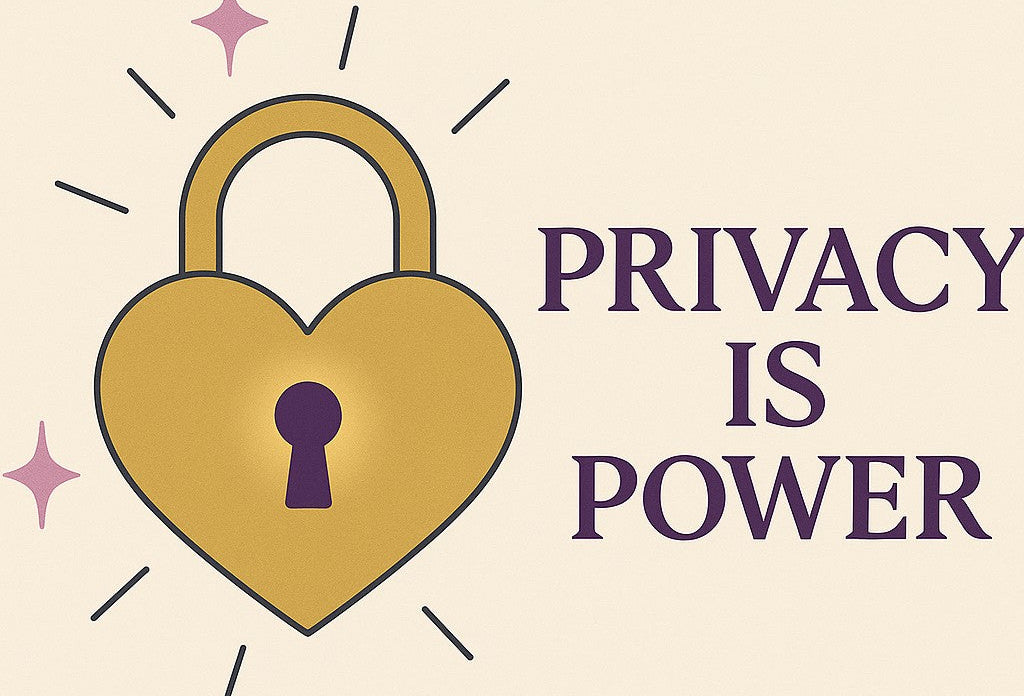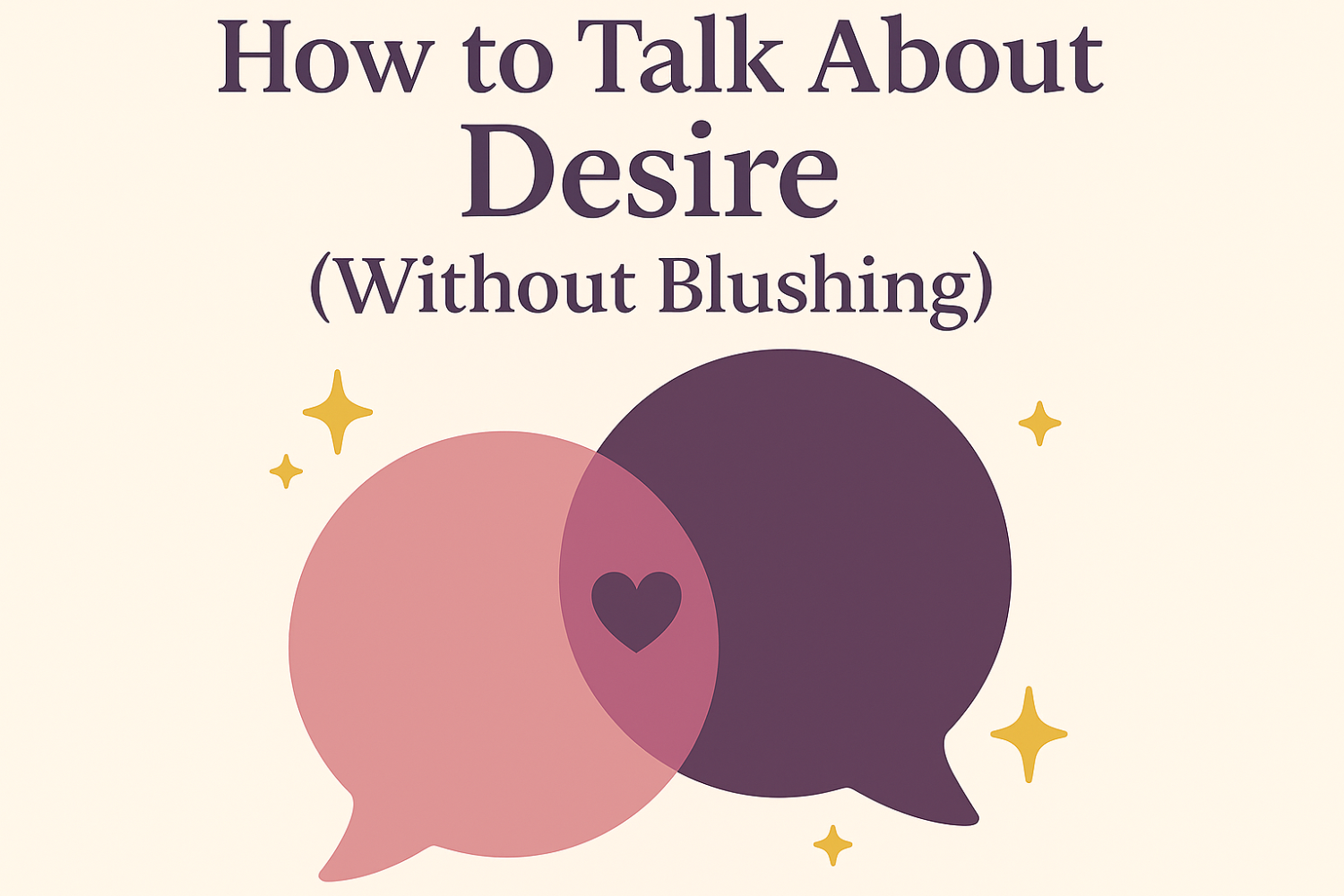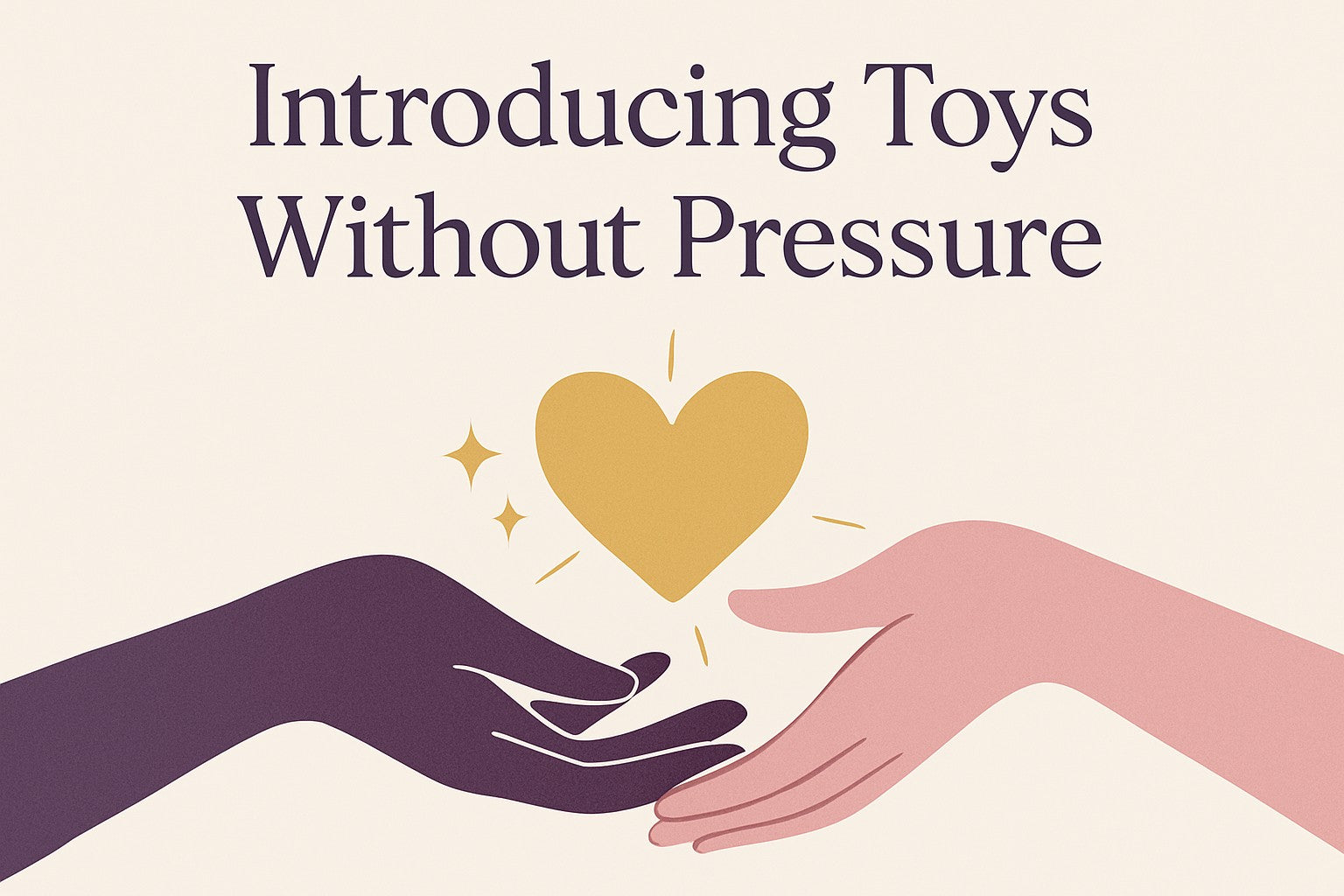We often think of pleasure as a physical experience, but so much of it actually begins in the brain. Every touch, sigh, and spark of desire is part of a fascinating neurological dance that connects your body and mind. Understanding what’s happening upstairs can make intimacy feel even more meaningful—and powerful.
The Role of Dopamine: The Anticipation High
Dopamine is your brain’s “reward” chemical. When you experience arousal, dopamine spikes, making you feel excited, motivated, and curious to explore more. It’s the reason anticipation can feel as thrilling as the act itself.
Oxytocin: The Bonding Hormone
Often called the “love hormone,” oxytocin is released during touch, kissing, and orgasm. It creates feelings of trust, closeness, and emotional connection. That’s why intimacy—whether with yourself or a partner—can feel grounding and reassuring.
Endorphins: Nature’s Mood Boosters
Endorphins are your natural pain relievers. They bring a sense of calm, bliss, and even euphoria after pleasure. This is why self-pleasure or intimacy can melt away stress and leave you smiling long after.
The Brain-Body Feedback Loop
Pleasure isn’t just one-way. Your brain interprets touch, but it also amplifies it. Arousal heightens sensitivity, making every sensation more intense, while your mental state—stress, relaxation, fantasy—shapes how good everything feels.
Final Thought
Pleasure isn’t “just physical”—it’s a full-body, full-mind experience. By understanding the science, you can embrace it without guilt and with even more joy.
💜 Ready to explore the connection between body and mind? Discover our collection of pleasure tools designed for both physical and emotional connection at yoursecretpleasure.com.

